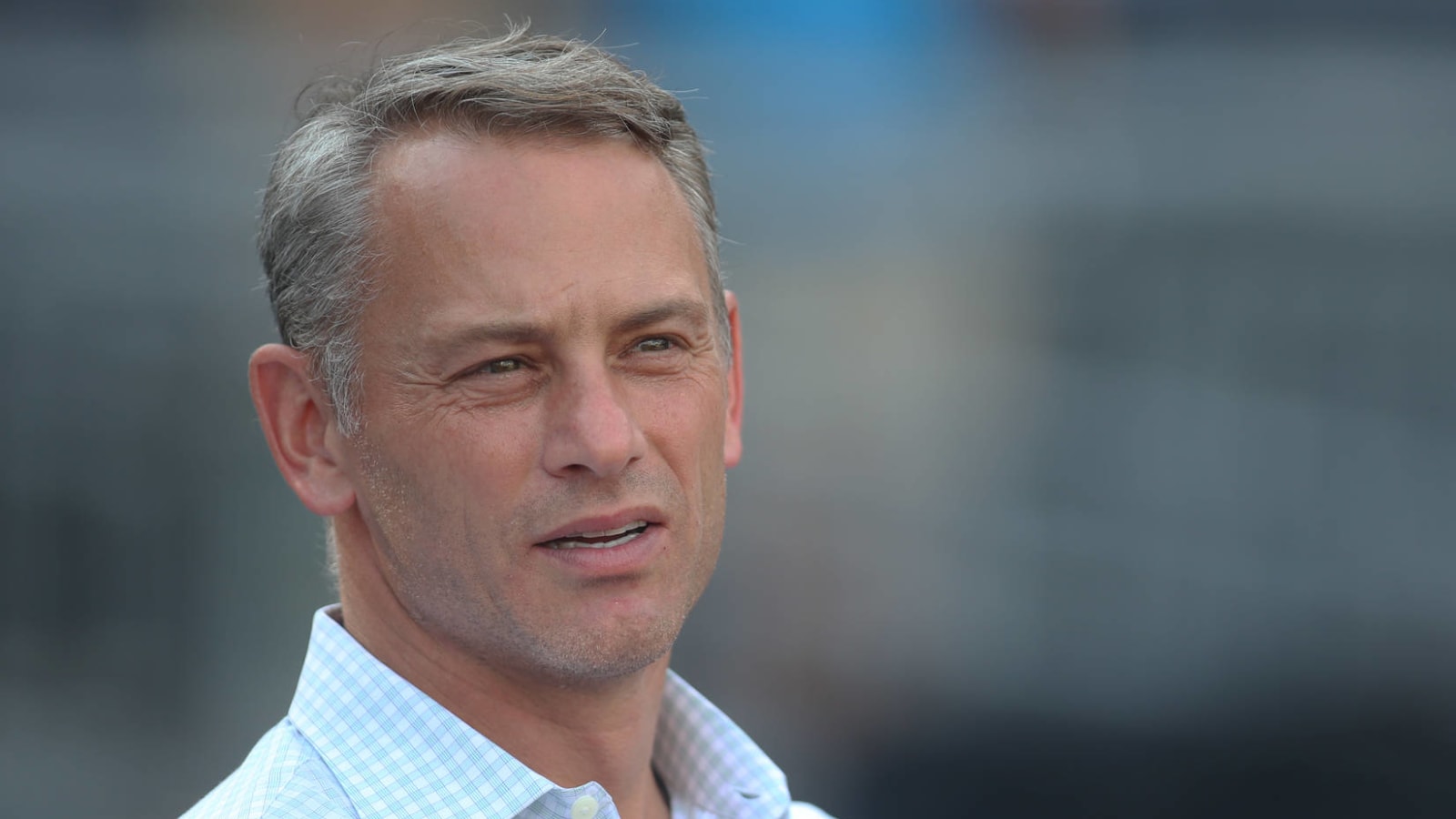
As the Cubs (and most other teams around the game) shift their focus to the offseason, president of baseball operations Jed Hoyer told reporters this week that improving and deepening his pitching staff will be his “No. 1 priority” this winter (links via Russell Dorsey of the Chicago Sun-Times and Gordon Wittenmyer of NBC Sports Chicago). That said, Hoyer also preached the importance of utilizing the team’s considerable financial flexibility “in an intelligent way” and pointed to Rays and Giants as examples of teams who made under-the-radar moves to bring themselves into the postseason.
As one would expect, Hoyer didn’t expressly rule out the addition of any marquee free agents. However, he also pushed back against the notion of “winning” the offseason — noting that such aggressive pushes can often “be a real negative” — and instead spoke of acting in a more “opportunistic” manner. While pitching may be the primary focus of the Cubs’ offseason dealings, then, it doesn’t sound as though Hoyer is embarking on an all-out pursuit for top-of-the-market additions.
That the Cubs would prioritize pitching — particularly starting pitching — is to be expected after their starters were among the worst in baseball in nearly every category in 2021. Last offseason saw Hoyer & Co. downgrade from Yu Darvish to Zach Davies in salary-dump deal with the Padres, following that up with one-year signings of Trevor Williams and Jake Arrieta. Davies didn’t pitch well enough to garner trade interest at the deadline. Arrieta was eventually released. Williams went to the Mets alongside Javier Baez. None of the three will be back in 2022 (unless the club re-signs Davies).
The result was a rotation that ranked 23rd in the majors in innings pitched (781 2/3), 27th in ERA (5.27), 29th in FIP (5.21) and tied for 28th in SIERA (4.74). Cubs starters had the third-lowest strikeout rate of any team in MLB and the eighth-highest walk rate — a decidedly suboptimal combination. Things were better in the bullpen, although not overwhelmingly so, and the deadline trades of Craig Kimbrel, Ryan Tepera and Andrew Chafin leave plenty of work to be done on the relief side of the equation as well.
Looking to the 2022 campaign, the Cubs’ rotation currently projects to include right-handers Kyle Hendricks, Alec Mills and Adbert Alzolay. Lefty Justin Steele struggled for much of his nine-start audition down the stretch, but he closed out the year on a high note with seven shutout frames (albeit against a thin Pirates lineup). Right-hander Adrian Sampson has minor-league options remaining and could get a look after making five starts. Broadly speaking, there’s ample room to add to the rotation — even if the Cubs indeed sit out the market for Robbie Ray, Kevin Gausman, Max Scherzer and other top starters.
The looming offseason will present Major League Baseball teams with a deep collection of free-agent starting pitchers to pursue — even beyond the aforementioned top names. The market also features established mid-rotation arms, relatively young arms in need of a bounce back, and solid but older veterans who’ll likely command relatively short-term deals. Free agency will be clouded by the ongoing collective bargaining talks between the league and the MLBPA, but whenever teams do begin to make additions, the Cubs will have no shortage of options.
It’s also plenty plausible that the Cubs could further dip into the trade market to acquire some younger arms in either the rotation or the ’pen. Willson Contreras is a year from free agency and ought to again command interest from teams in search of a short-term option behind the plate. Outfielder Ian Happ only has two years of club control remaining and closed out the season with a huge second half. Hendricks struggled through the worst season of his career in 2021 but from 2017-20 tossed 597 innings of 3.27 ERA ball. He’s signed through 2023.
Whatever route the Cubs wish to take, there’s really no target who should be out of their price range. The team has one of the game’s deepest revenue streams and only has the contracts of Hendricks ($14M), Jason Heyward ($22M) and David Bote ($2.5M) on next year’s books. Contreras and Happ are the only players set to receive notable arbitration raises, and again, neither should be viewed as a lock to return. We’re only two years removed from the Cubs trotting out an Opening Day payroll north of $200M, meaning it’d be a tough sell to the fans to both trade away the core of the last championship roster and follow it up with another offseason punctuated by modest one-year deals.
Hoyer has emphasized on multiple occasions that despite the Cubs’ recent trades and lack of spending, this reshaping of the roster won’t mirror the aggressive tanking process of their last rebuild. The extent to which that is or is not actually the case will start to become clear over the next several months.
More must-reads:
- Cubs expected to part ways with hitting coach Anthony Iapoce
- The greatest postseason moment for every MLB team
- The '1984 Chicago Cubs' quiz
Breaking News
Customize Your Newsletter
 +
+
Get the latest news and rumors, customized to your favorite sports and teams. Emailed daily. Always free!

